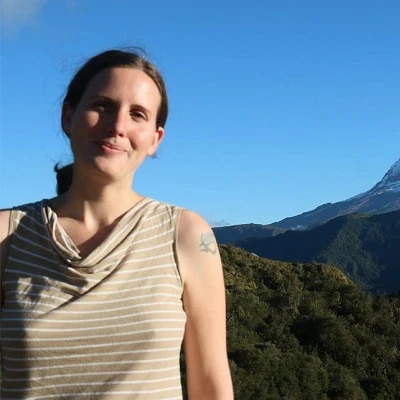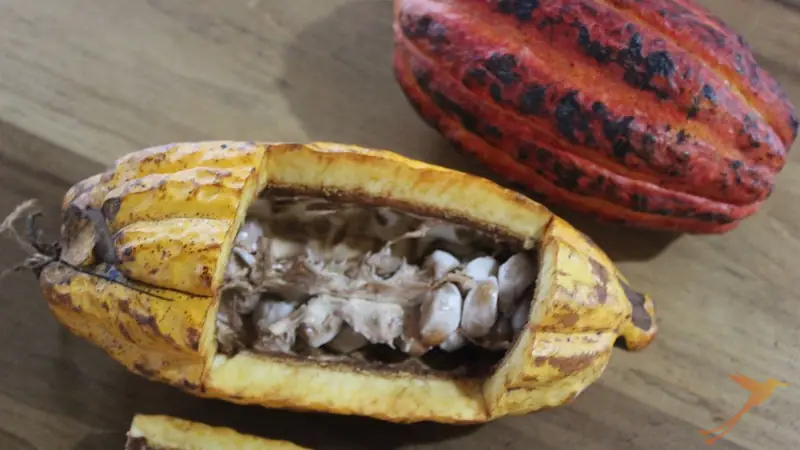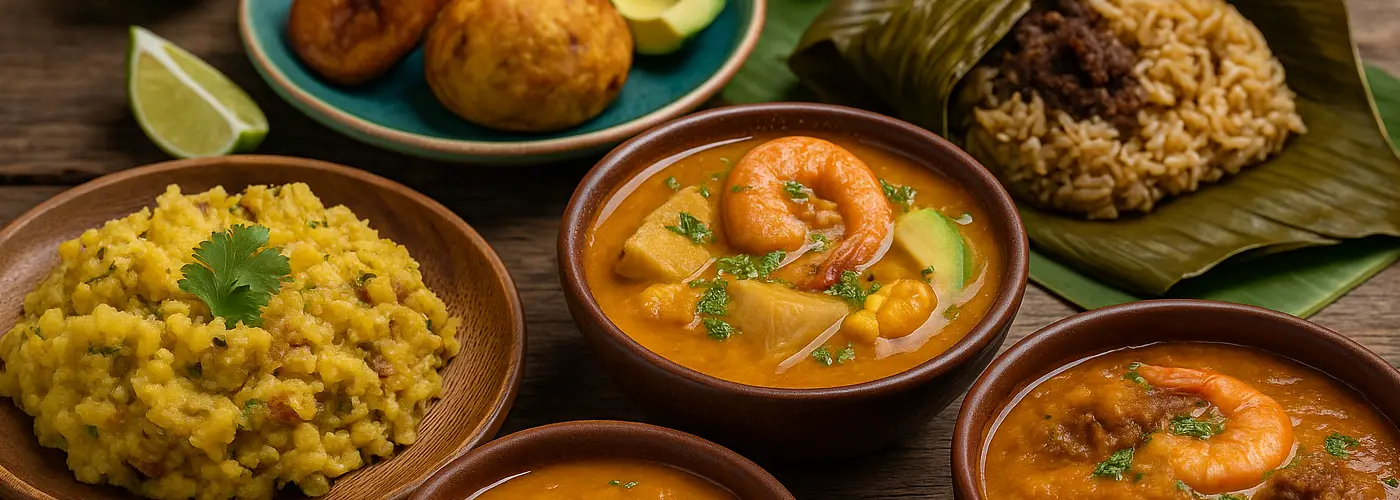
Cacao had been known and used by the indigenous cultures of South and Central America for centuries. In 1502, Columbus saw his first cacao beans. Thinking they were almonds he was not really interested in them. It took almost 50 more years, before the first cacao beans reached Europe and were presented to the King of Spain. From Spain, the chocolate’s popularity slowly spread throughout Europe. Leading to a rising demand of its raw material – cacao.
Cacao production and export first started to become a significant contributor to Ecuador’s economy in 1780, when Ecuador was still part of the colonial Real Audiencia de Quito. Soon, a small group of vendors formed actual monopolies and became extremely rich. In this time, people started referring to these rich merchants as “gran cacaos” and it became part of a popular saying: “él se cree el gran cacao” – he thinks of himself as a “gran cacao”, as someone better than the others.

The late 19th century saw the beginning of the so-called cacao boom, with exportations rising from 372,433 quintals in 1880 to 578,626 quintals in 1899. In 1895, there were 58.6 million cacao trees in Ecuador. Ten years later, 80 million of these plants could be found in the country. Between 1894 and 1913 Ecuador was the world’s leading cacao exporter, representing 13 % of the worldwide cacao production and 70 % of the country’s exports.
The cacao boom was fundamental in forming Ecuador’s economy and banking system. In Guayaquil, where the main port was, an upper class developed and the city prospered, receiving many foreign investors as well. The historic rivalry with Quito stems from this era. The new, money-made upper class on the coast was way more liberal and critical than the old, upper class in the highlands, who mostly were hacienda owners and very loyal to the Catholic Church. Until today, Guayaquil is Ecuador’s financial capital, and the rivalry with Quito goes on – although today it is mostly notable during soccer matches.
Check out more of Ecuador’s delicious specialties during our Quito Food Tour or try to prepare those special meals yourself with the help of our Ecuadorian recipes.








